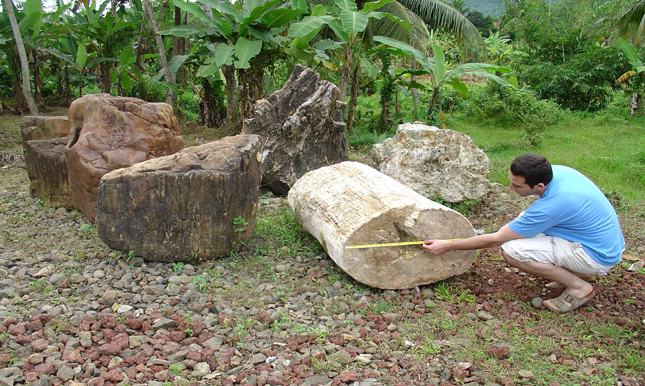Barlas Baylar
Desigining Visions
The heart of modern design in upscale furniture found in celebrity mansions and high-profile residences of late is grounded in direct experience and comprises a lifestyle all its own, an aesthetic embrace of the without from the within. It is no mere aspiration towards personal statement or expression, but simultaneously solemn and spontaneous, planned by man and also crafted by nature. It is in this way that the utilitarian ethos is revealed in the face of the various schools of thought and all their theories. It is in this way that the subtlety of materials appear as frivolities to unlearned eyes and sensibilities, such subtlety imbuing the noblest elegance – which is to say, the most prescient of silences – to works honestly crafted without thought of accolade or recompense.
In a world where traditional skills have been shunned and modernity is identified with the machine, there had been a reaction or, to be more precise, a comeback of the ancient, almost stoic belief that being is doing and no theory of design and no “movement” in the arts exist. For such terms belong to metacognition and not the world of action and work. Thus does truly spontaneous furniture, like calligraphy, arise of out its own materials, and not simply assembled of them. Thus this art, impossible to teach but necessary to learn.
It is an ironic word to use, “art,” pointing straightaway at the very artifice of using nature to suggest nature. But even as the most skillful acting may demonstrate truths unattainable otherwise, so too might artists and artisans similarly reveal nature herself within the forms of man, disregarding the sophist’s objections. After all, civilization must be furnished. Yet this return to tradition in contemporary design has found home in the most modern of settings, sleek where nature had been thick, minimal where nature had expanded. The modern furniture maker, such as one Barlas Baylar, integrates contemporary tastes with ancient handicraft.
A job well-done was the craft of the ancients, in a world far removed from art criticism and revolving fashions. Intimately recognizing themselves a part of nature, no distinction was made between nature’s discards and nature herself. In this crowded age of digital communications that turn neighbors into veritable housemates while inviting the government into our very beds, such art is a reminder and a triumph of the human spirit. As George Nakashima once wrote, “it might even be a question of regaining one's own soul when desire and megalomania are rampant – the beauty of simple things.”





